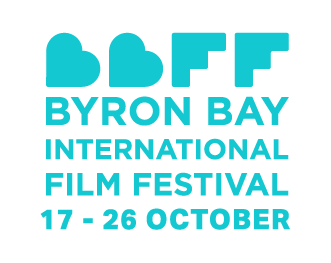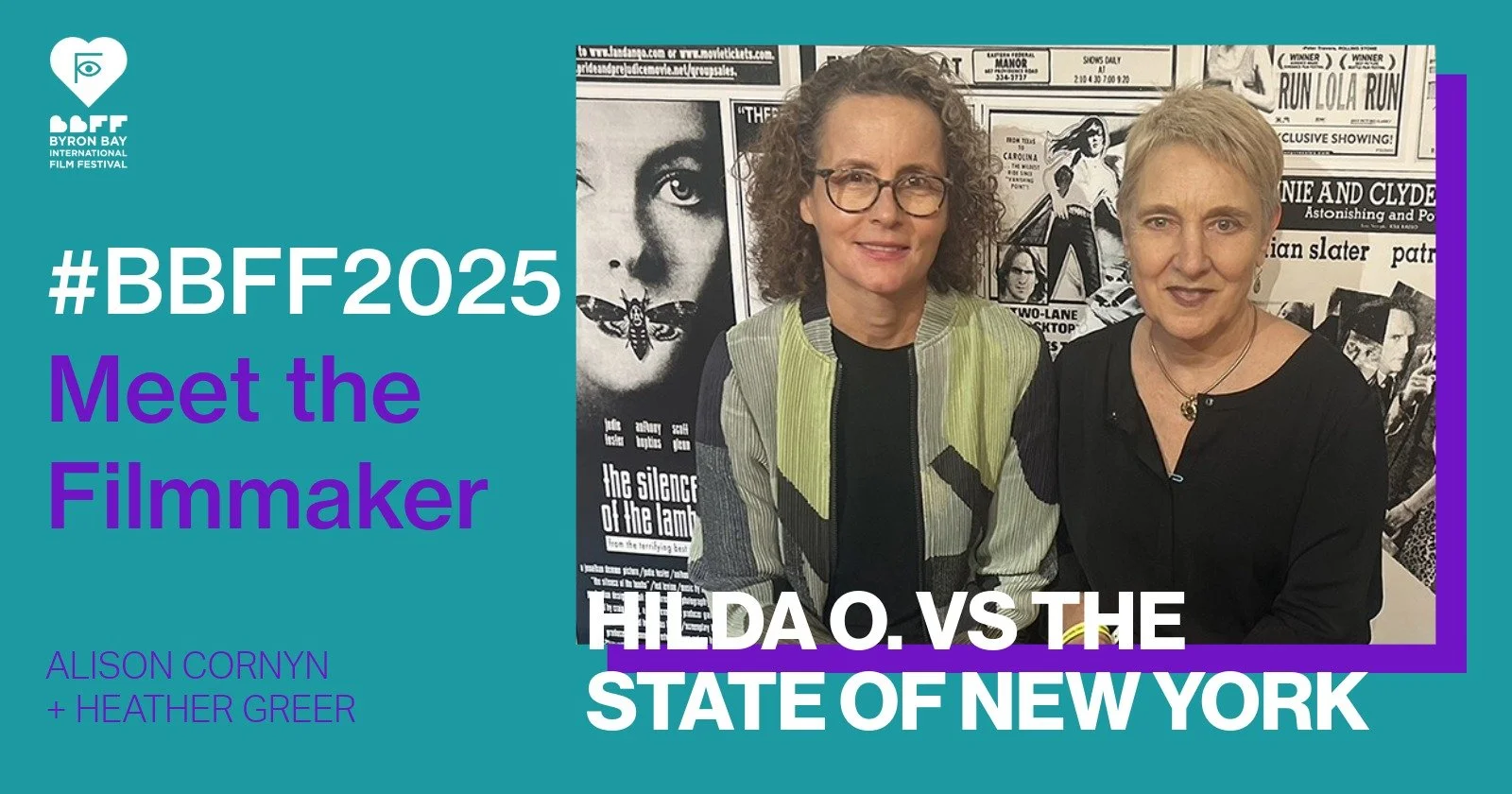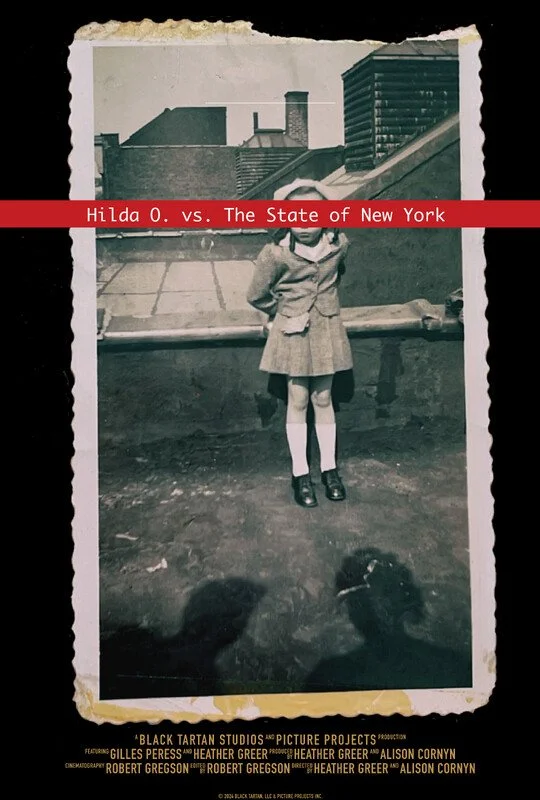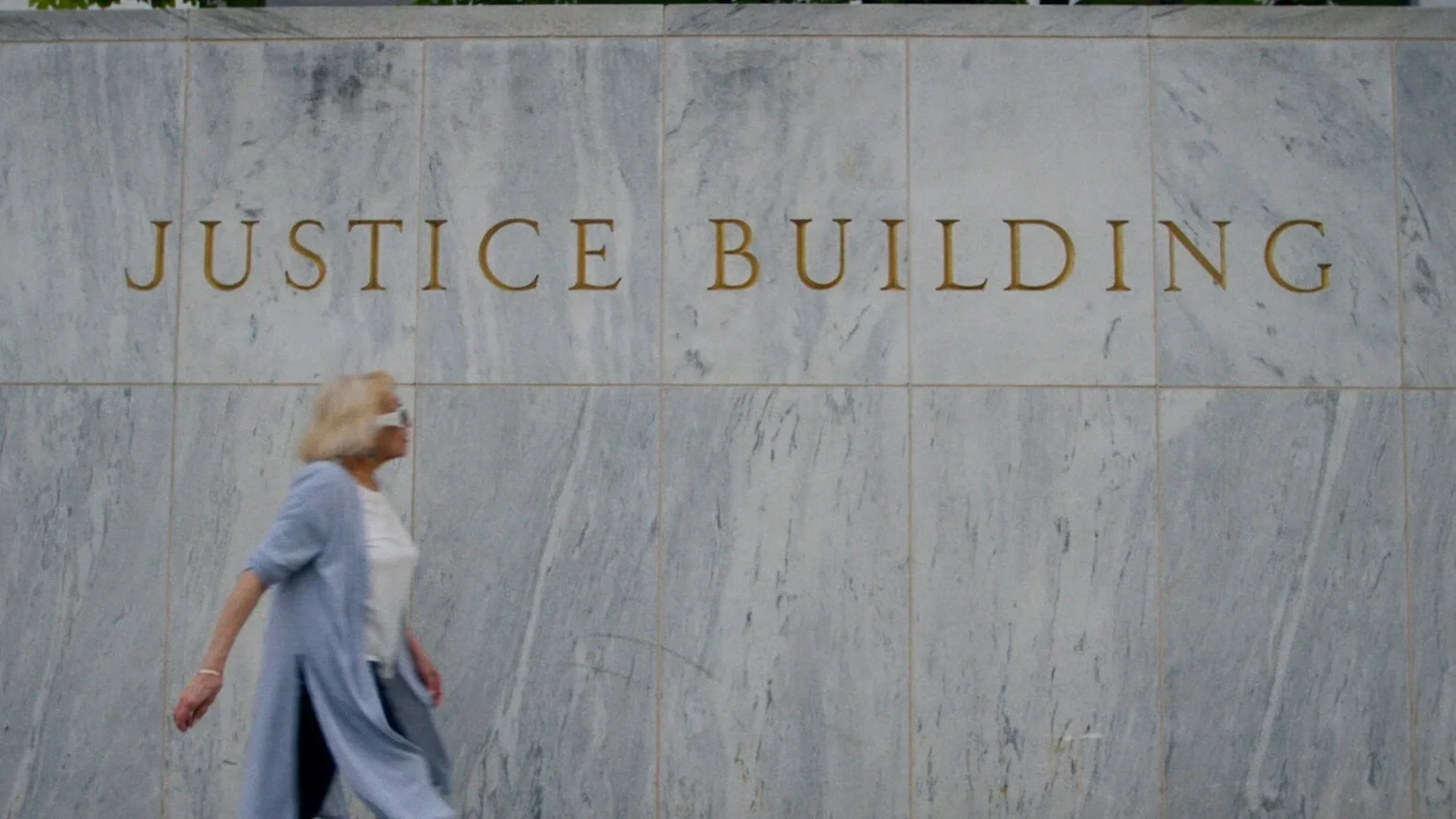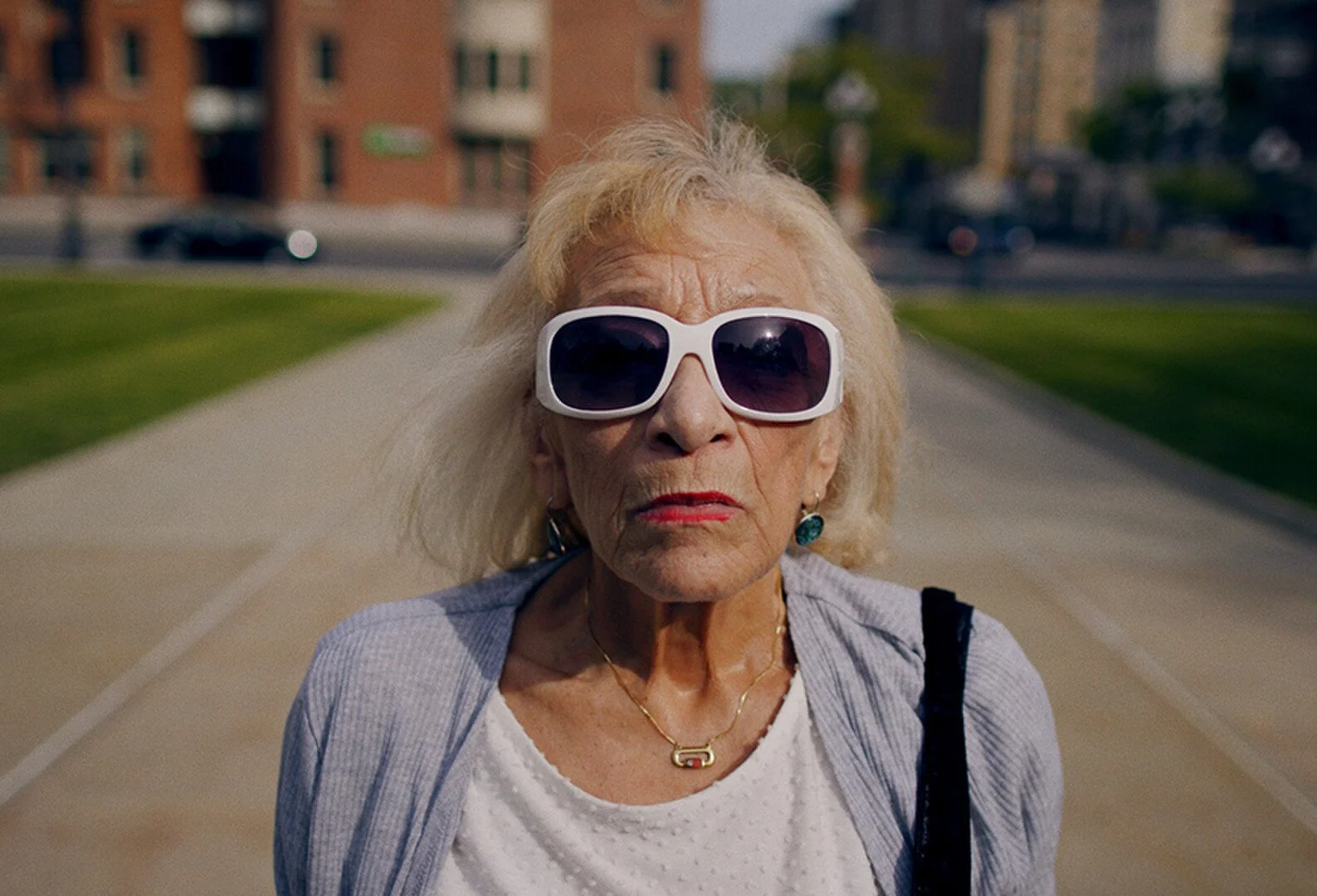BBFF2025 Meet the Filmmakers: Alison Cornyn and Heather Greer
Hilda O. vs. The State of New York
Hilda O. vs. The State of New York tells the powerful story of 81-year-old Hilda Onley, who was incarcerated at 15 and abused at the NY State Training School for Girls in 1958. For decades, she was unable to seek justice - until the 2019 passage of New York’s Child Victims Act.
Co-directors Alison Cornyn and Heather Greer document Hilda’s fight to hold the state accountable, following her from deposition to court judgment. We spoke with them about how the film came to be, their creative process, and what Hilda’s story means today.
How did you discover Hilda’s story?
We’ve known Hilda for nine years, since she contacted Alison about her project Incorrigibles. Hilda had recently received her records from the New York State Office of Children and Family Services (OCFS) and reached out after seeing our Incorrigibles website and project. From that first phone call, we were taken by her voice, her story, and her strength. After the first interview, it was clear that her story needed to be shared.
This year’s BBFF theme is ‘Love Film’. How does your film connect with it?
The tagline “Love Film” resonates with us in its broadest interpretation. We love storytelling; we love the power of visual language; and we love the ways in which film allows audiences to enter into someone else’s story, to feel empathy, and to be moved. We feel that by bringing Hilda’s story to a wider audience, we are continuing the motion of visibility and the force of advocacy and change.
Have you always wanted to be a filmmaker, and what path brought you here?
IFor as long as we can remember, both of us have been interested in visual storytelling, justice, and the intersections of art and documentary. Both of us studied fine arts - Heather also studied journalism and photojournalism, and Alison came to documentary through photography and education. We both see documentary as a hybrid space where journalism, poetry, activism, and aesthetics can come together to engage audiences and encourage conversation and action.
What aspects of your filmmaking style can audiences expect to see here?
We were very intentional with our visual language by playing with scale - Hilda's small stature juxtaposed with imposing governmental building as a way to show what she was up against. We also played with time and narrative. In one case when she recounts the abuse that happened to her in the 1950s we used present day imagery of her home to demonstrate that she lives with the trauma in the present time.
What challenges did you face in making the film, and how did you overcome them?
The main challenge we faced was to distill such a complex and emotional story into a short film. That said, we’re so pleased with the final cut. We feel it’s powerful, emotional, and deeply moving. Of course, financing is always a challenge, and we hope to continue raising funds for a broader impact campaign and screening tour in New York State and beyond.
What message or emotions do you hope your film conveys to the audience?
Our film is very much about time and the cost of systemic failure. We hope that audiences walk away with a deeper understanding of what justice looks like in its absence, what it costs to survive it, and what it means to continue to tell your story. Hilda says, “As long as I have breath, I will speak.” Our film is a testament to her breath and a way to honour and amplify it.
